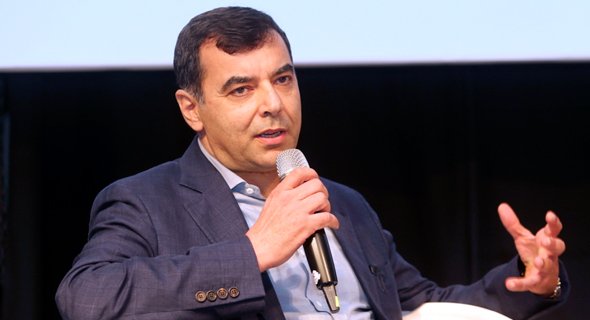Mobileye mogul’s model for lifting the coronavirus lockdown

The man who developed the driverless technology firm Mobileye and then sold it to Intel for $15.3 billion – the largest Israeli exit to date and the world's biggest purchase of a company solely focused on the autonomous driving sector – says he has a plan to get Israelis out of lockdown and back to work.
"Physicians help us when we are sick, but they are not going to release us from this crisis," Amnon Shashua told The Jerusalem Post. "This is a problem to be solved by mathematicians, statisticians, computer scientists, epidemiologists and economists... Our duty is to make sure that all the right minds are putting their CPU power into this problem."
Shashua and Prof. Shai Shalev-Shwartz of Hebrew University's Computer Science Department came up with a plan, which they first laid out on March 26 on the online publishing platform Medium in English in an essay titled, "Can we Contain COVID-19 without Locking down the Economy?" The next week, Shashua presented his proposal before the Knesset Coronavirus Committee. On Sunday, he updated and adapted the plan in Hebrew.
Now, it is among the programs being considered by the National Security Council and eventually the prime minister.
The model: Risk-based selective quarantine.
The idea, Shashua explained, is that the population can be divided into low- and high-risk groups. People under the age of 67 and without underlying medical conditions are low risk. Those over 67 – "which represents the retired segment of society" – or with co-morbidities are high-risk.
"The low-risk group... is released to their daily routine while following certain distancing protocols that are aimed at slowing the spread – while keeping the economy undisrupted to a large degree, but ultimately reaching a herd immunity level," and "quarantine the high-risk," they wrote.
Related News
